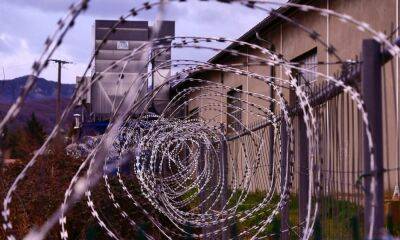Post the Terra UST fiasco, here’s how Japan plans to protect crypto investors
The crypto market underwent a massive correction period, the aftereffects even experienced till today. The largest decentralized stablecoin on the market (once upon a time), UST, faced a total collapse. Investors, traders and users lost a significant chunk of the value of their investments amidst the crypto crash which triggered a sell-off in the market.
In light of the disaster, regulators looked to tighten scrutiny and supervision of crypto exchanges and (unsurprisingly) stablecoins to offset further damage.
Japanese regulators have introduced a legal framework around stablecoins given last month’s collapse of the TerraUSD token. According to a local news agency, later highlighted by Bloomberg on 3 June, Japan’s parliament passed a ‘Stablecoin bill’ that clarified the legal status of stablecoins.
<p lang=«en» dir=«ltr» xml:lang=«en»>BREAKING: Japan passes a bill that clarifies the legal status of stablecoins and enshrines investor protections, one of the first major economies to do so https://t.co/Hn2YydGip5 pic.twitter.com/UX3fW4o8F6— Bloomberg Crypto (@crypto) June 3, 2022
The filing defined stablecoins essentially as digital money. According to the new law,
“Stablecoins must be linked to the yen or another legal tender and guarantee holders the right to redeem them at face value.”
Therefore, stablecoins should be linked to licensed banks, registered money transfer agents and trust companies according to the latest legal definition. The new legal framework would take effect in a year. Japan’s Financial Services Agency opined that “it will introduce regulations governing stablecoin issuers in coming months.”
But here’s the concern. The legislation doesn’t address existing asset-backed stablecoins from overseas issuers like
Read more on ambcrypto.com







![Terra Ust - How close are we to the end of Bitcoin’s [BTC] sluggish consolidation phase - ambcrypto.com](https://gocryptonft.com/storage/thumbs_400/img/2022/6/4/45692_b6t.jpg)
